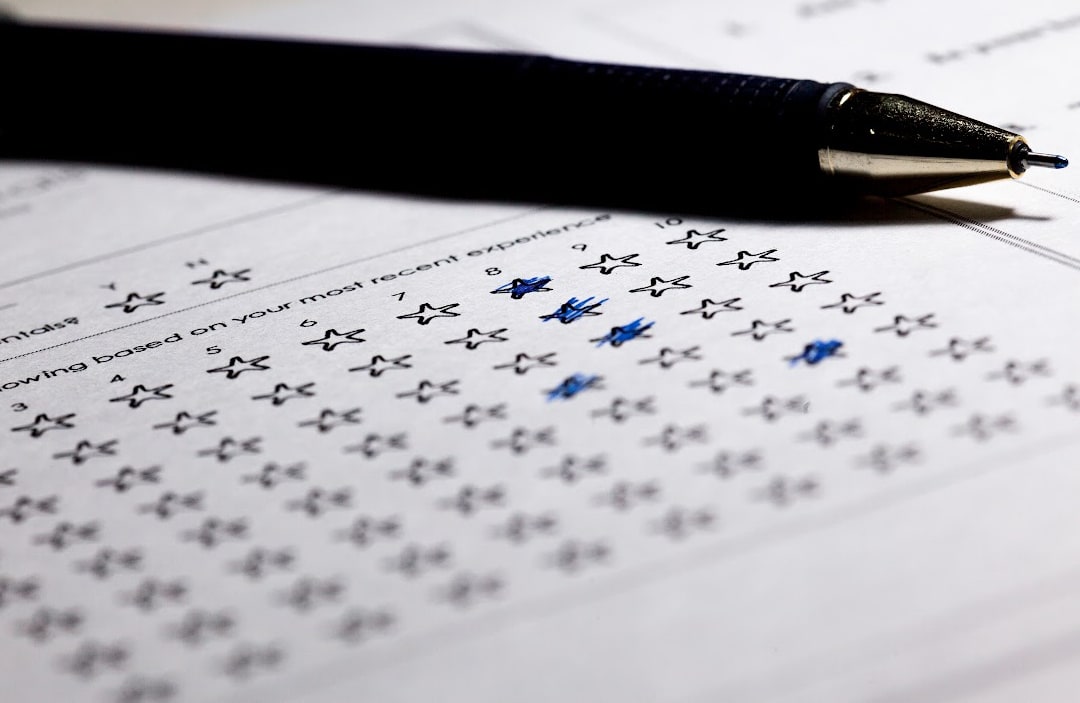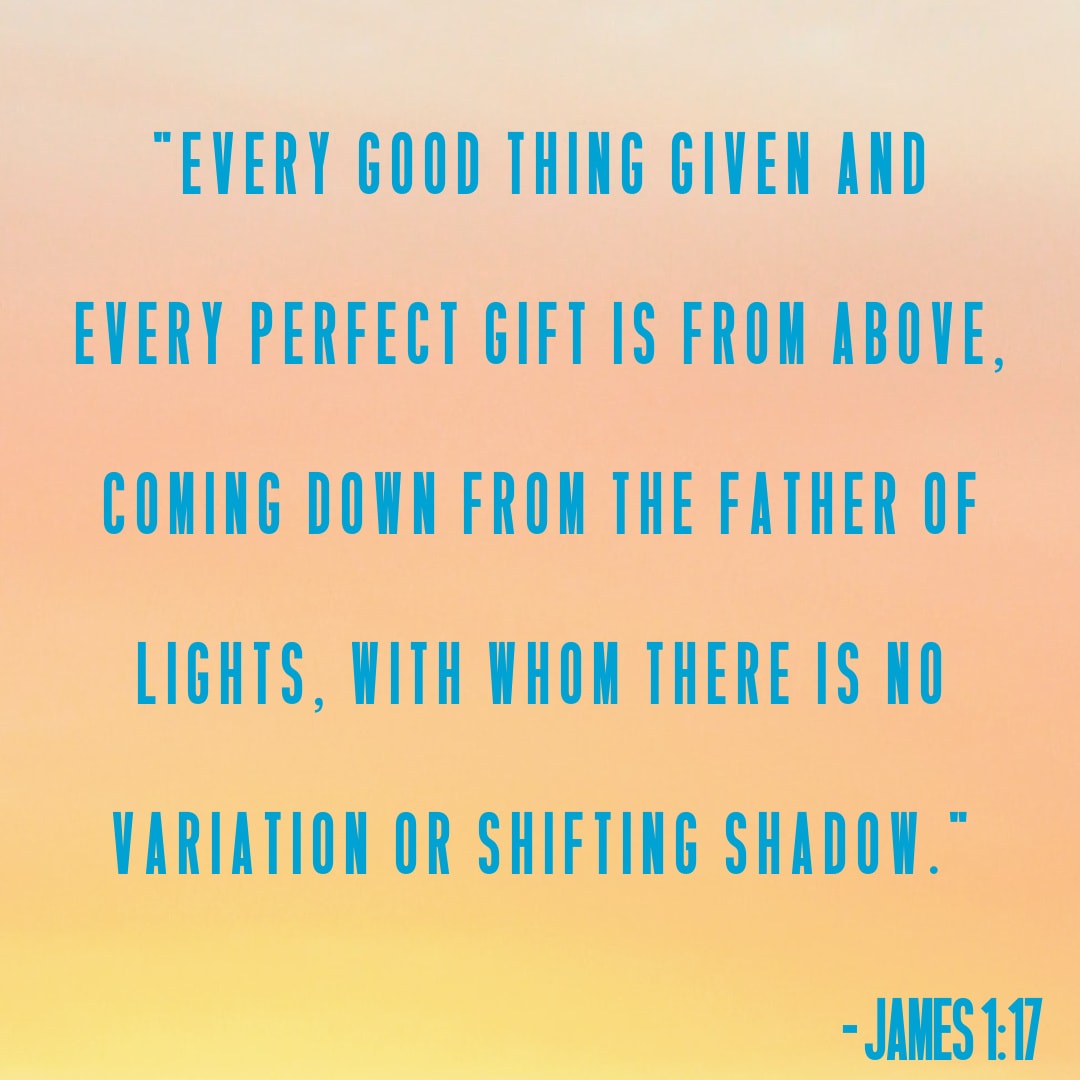At the first meeting of a couple’s group Luke and I had joined, we were asked to fill out a small personality survey: on a sliding scale, how extroverted did we consider ourselves? Were we the first to respond to a group question, or the last? How expressive were we? Did we prefer to process internally or aloud?
Most of us struggled with these questions, and nearly every group member gave qualified responses that were loaded with caveats: one woman identifies as an extrovert, but is shy with strangers; another loves processing aloud with her husband but never in a group; a couple of us shared that we can be very expressive with certain emotions and more reticent with others. The members of our group were hesitant to align ourselves with any one way of being, not ready or able to categorically define our personalities or our approaches because each of us knew that no single answer would encapsulate the whole of how we may show up in group.

A few days after that group meeting, I was listening to a podcast debate in which neither of the debaters fell into explicit political boxes. Both were self-proclaimed Conservatives, yet they shared few commonalities; in fact, the differences between the two were more numerous than the differences between an average Republican and Democrat. As the debate unfolded, I found myself alternating between which speaker I personally aligned with; both made excellent points, and without the preconditioning of an easily-understood label for each gentleman, I was free to see the positive and negative points of both debaters. This was yet another instance of individuals not being all “one thing,” and their complexity made for a much healthier debate-observing experience.
And for another example: when I was scheduling out my posts for this month, I had initially planned today’s post to be on the subject of Idealism vs Realism. I wanted to ask and answer the question of how we identify—as realistic or idealistic. But I realized that I couldn’t answer my own question! At times I can be idealistic to a fault; in other instances my realism wins out, to the point of coming across as jaded or cynical. I am neither all one or the other, and both parts of me come out at different times and in the most unexpected of ways.
In my writing, as with the groups survey and with the podcast debate, I was getting a front row seat to the limitations of categories.
At the risk of slipping into pigeonholing speech with this statement, I will admit to being an inveterate black-and-white thinker. Much of my therapy over the past several years has centered around freeing myself from this dichotomous mindset, but I still fall into patterns of all-or-nothing thinking. I am most comfortable with clear delineations and well-defined boxes. I enjoy gray much more as a sweater color than as a way of seeing the world. I like it when what I see is what I get, and when what I presume is sure to be the whole and absolute truth. Categories are totally my jam!

There is a place for absolutes, of course. But when it comes to how we perceive others, I am learning that drawing absolute assumptions rarely works in our favor. People are far more complex than their categorical responses to a personality survey, and when we are too quick to ascribe labels, we blind ourselves from seeing the whole of the people in front of us. Those labels may occasionally be helpful, but ultimately they can hinder our perspective, like the sighted person choosing to wear corrective lenses when no prescription was needed.
It would be impossible to enter into every new relationship or human interaction with an entirely blank slate. We will always have at least some preconceptions about others; the key, though, is remaining open to being proven wrong. We need to make space for others to be more than one way, to say more than one thing, to do more than what we expect out of them. To put it in colloquial language: we need to remember that we are all more than just our Enneagram numbers! Those categories and types can offer hints as to how we are likely to show up in the world, but sometimes we debut differences that just don’t fit the mold.
We all may be a little better off if we choose to get comfortable with being uncomfortably surprised.
We humans are complicated. It is what exasperates me most about humankind, but also what I find most beautiful. And I love what this aspect of humanity tells us about the character of God: how we, as God’s image bearers, reflect the multifaceted nature of our Creator. Our Lord God is unchanging, but He is not static: His actions are dynamic, modulating to meet the varying needs of us, His unique children. God is gentle and tender to us when we are in need of nurturing; He offers stern correction when we have gone astray; He is always loving, but that love manifests in an infinite number of ways. God refuses to be put in our limited boxes; He is far too great for that.
In Jesus’ time on earth, He defied nearly every expectation placed upon Him. He overturned norms and shattered assumptions, and He invited His followers into a totally new way of viewing the world. His alternative worldview held to a few nonnegotiables, while allowing for almost infinite complexities.

In my journey of shedding polarized ways of thinking, I seek out Jesus’ guidance in seeing where I have unfairly boxed others in and what it might take to free them of their prescribed labels. Lord Jesus, please help me as I seek to make space for those around me to be their full, messy, totally complex selves.